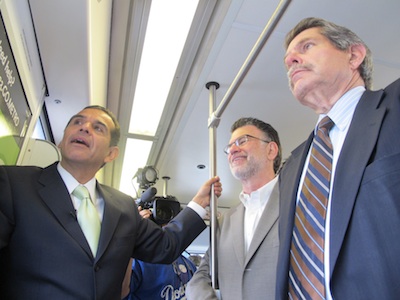
Mayor Antonio Villaraigosa, MTA board member Richard Katz and Supervisor Zev Yaroslavsky were on board the Expo line’s preview ride with the media.
The mayor hopped on the Expo line this morning to take a preview ride on the new light-rail train scheduled to open to the public on Saturday, April 28. The public will get a chance to try it out for free during that first weekend.
In the first phase of the line, which cost $932 million, there will be passenger service from downtown’s 7th Street Metro Center station to La Cienega/Jefferson, with an extension into Culver City to be completed by this summer. The line features a total of 12 stations with two shared by the Metro Blue Line in downtown L.A.
The second phase, which will lengthen the line 6.6 miles with seven stations and provide service to Santa Monica, is expected to be a reality by 2015.
“Everything we expand is just going to keep connecting us all over the region,” said mayor Antonio Villaraigosa during the train ride. “I remember when we had the red cars. It’s back, everybody!”
Villaraigosa referred to the PCC Streetcar service inaugurated on March 22, 1937 and which was completely eliminated by 1963. It has taken 50 years for the South LA area to see another “trolley” on its streets.
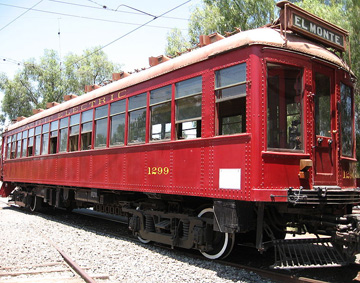
The old PCC “red cars” connected the city with the valley.
“This is a milestone. One that we’ve waited for a long time,” said L.A. County Supervisor Zev Yaroslavsky, who was on board during the preview ride along with the mayor and Art Leahy, the CEO of the Metropolitan Transportation Authority (MTA).
Construction on the line began in 2006. The opening date has been postponed multiple times due to technical problems uncovered during the testing phase.
“Safety is the number one priority,” said the MTA’s Leahy. “During the next month, we’re going to continue making sure all systems work and that every supervisor and every operator has been properly trained for when we have customers on board.”
The ride from downtown L.A. to La Cienega is about 30 minutes, with the train running at 55 miles per hour. The trains will run approximately every 12 minutes, stopping at each station for 20 seconds.
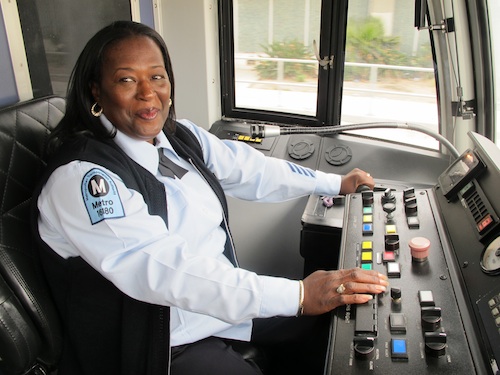
Carolyn Kelly is one of the train operators of the new Expo Line.
The frequency of the trains will increase depending on the ridership. Leahy points out that when the Blue Line opened, it only had about 10,000 riders a day. Now, it carries about 80,000 people on a daily basis.
Carolyn Kelly, from Compton, is one of the line’s operators. A 22-year MTA veteran, she has been participating on the testing phase.
“We’ve been testing in the morning, afternoon and evening – at all hours for a year to make sure everything is safe,” she explained. “There are many safety mechanisms in the train that prevent us from going over the speed limit in the different areas of the line.”
For example, as the train nears the Farmdale station, it cannot run at a speed higher than 10 miles per hour, because there’s a school – Dorsey High School – just feet away from the station. If the operator were to exceed the 10 mph speed limit, a warning beep will sound off. If it’s ignored, the train automatically shuts down.
MTA will operate the Expo Line seven days a week from 5 am to 12:30AM. The fare for a one-way ticket will be $1.50.
You can check out video of today’s ride here:
Video courtesy MTA
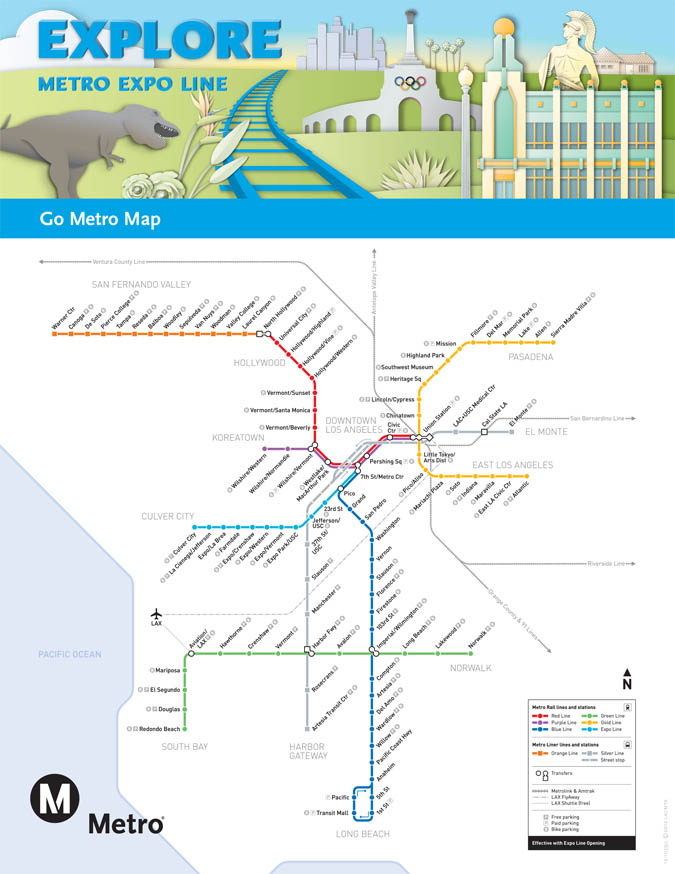
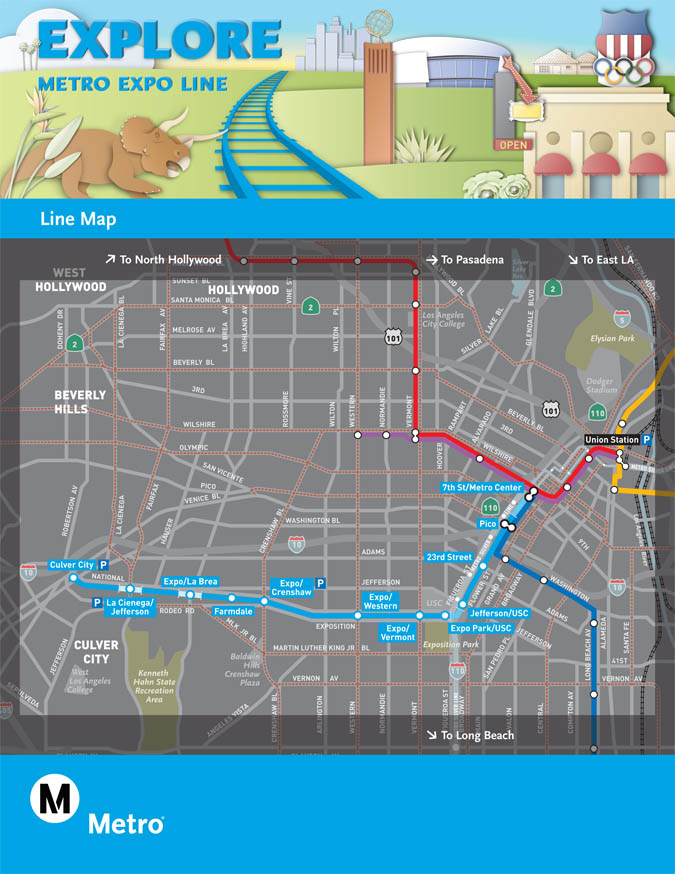









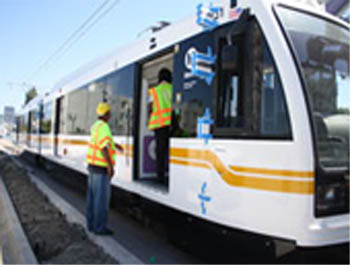 “This is just a slow walking speed type test,” said Jim Jasmin, Metro’s start-up manager. “When we get to an object, if it looks iffy, we’ll stop. We’ll move up slowly until we get to it and then check the measurements and go on.”
“This is just a slow walking speed type test,” said Jim Jasmin, Metro’s start-up manager. “When we get to an object, if it looks iffy, we’ll stop. We’ll move up slowly until we get to it and then check the measurements and go on.”




